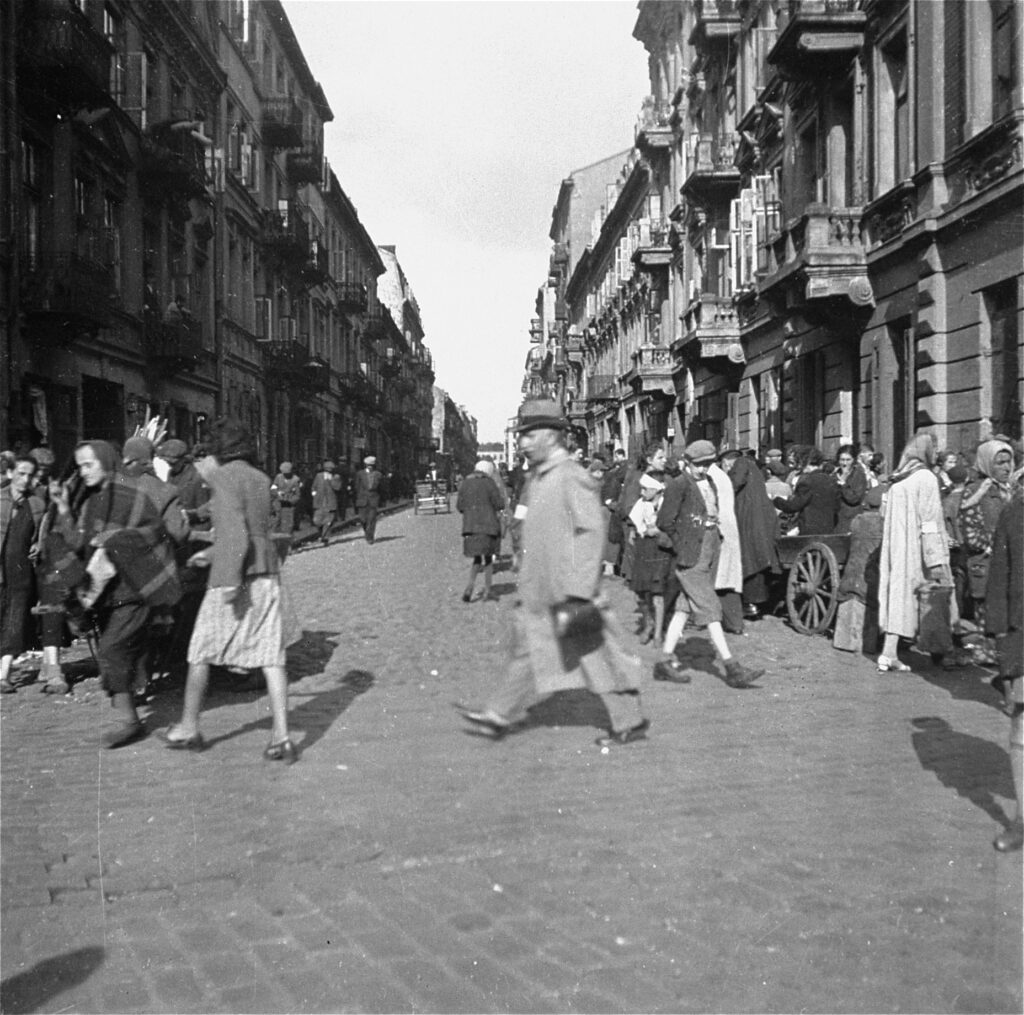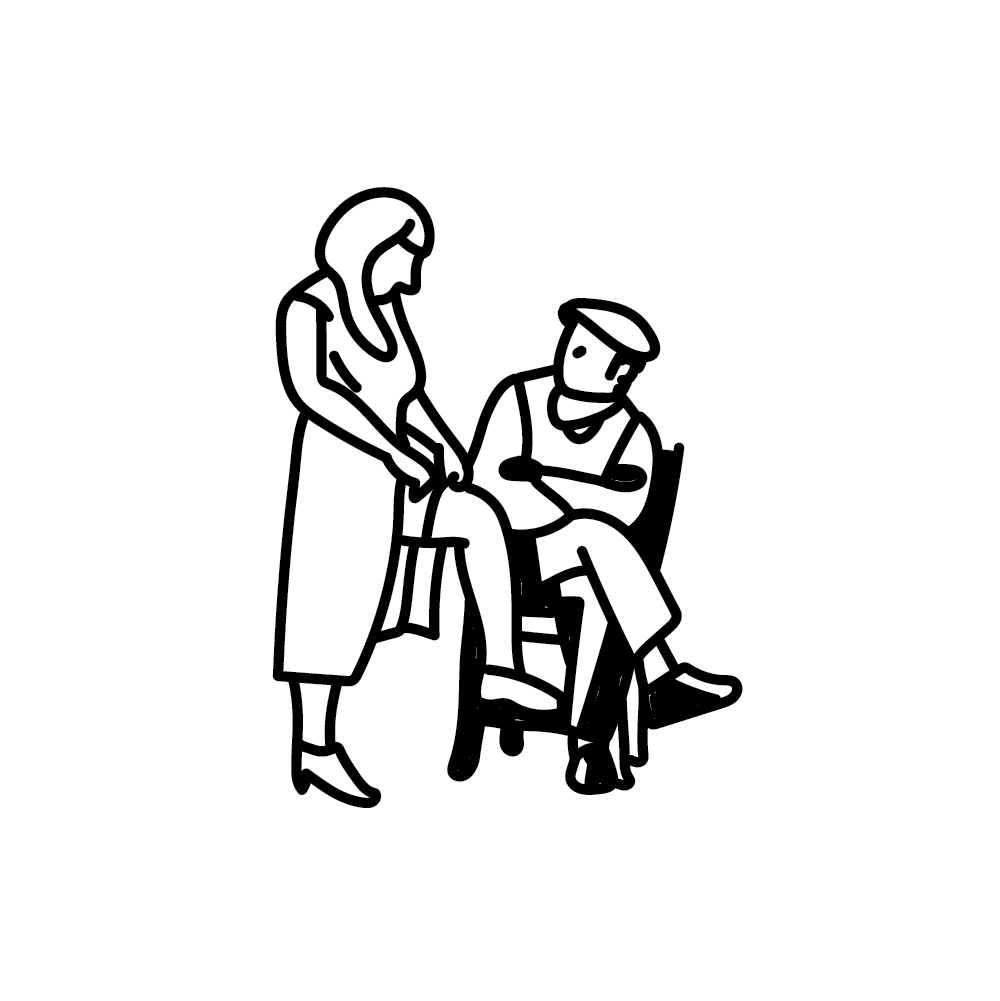
Why aren’t Isaac Bashevis Singer’s gangster novels published in English?
I fell in love with Isaac Bashevis Singer’s books as a young girl, when I began reading his children’s stories before bedtime. I fantasized about snowy villages, boys lost in the blizzard, lit candles and friendly goats. I was an Italian child with no Jewish origins and no ties with Jewish culture, and although I didn’t exactly know what a rabbi was, or Hanukkah, and all the names sounded exotic to me, I deeply cared for his characters. As I grew up, I kept reading any of his short stories and novels I could get my hands on. Then, in 2017, Italian publisher Adelphi released a previously untranslated novel by Singer: Keyla la rossa, meaning Keyla the redhead. The original Yiddish title is Yarme en Keyle (Yarme and Keyle). As usual, I was stunned by Singer’s stylistic exuberance, sense of pace, wit and formidable ability to capture the intermittencies of thought. However, this book was different from all the Singer stories I had encountered before.
Every reader of Singer is at home in Krochmalna Street, the heart of Warsaw’s Jewish neighborhood, where the author lived from 1908 to 1917 and where he set many of his books. When you read Singer, Krochmalna becomes the center of the world. The feeling is even more powerful because the street now exists only in these texts — that is, in the reader’s imagination, and a few black-and-white pictures. During World War II, it was included in the Warsaw Ghetto and then completely destroyed. Keyla, the protagonist of Yarme en Keyle, also lives there. But she belongs to the underworld of Krochmalna Street, to its taverns, brothels and dens of robbers. Keyla is a famous local prostitute with flaming red hair, a thin waist and soft breasts. Her friends are pimps, traffickers and thugs.
Keyla does her best to become a loyal wife and turn herself into the protagonist of a romance novel.
At the venerable age of twenty-nine, Keyla marries Yarme, a master burglar who served long sentences in jail. « It rarely happened that a woman who had already passed through three brothels would marry … It was a sign from heaven sent to all the whores of Warsaw: they should not lose hope, love would continue to rule the world. » Keyla does her best to become a loyal wife and turn herself into the protagonist of a romance novel. She cooks and irons, while Yarme dreams of getting rich. They read feuilletons and go to the Yiddish theater, where the spectators throw rotten potatoes at mean characters. One day, they bump into an old acquaintance: Max the Crippled went to bed with Keyla and to jail with Yarme. He engages in a love triangle with them, derailing their relationship in a fog of grandiose and confused plans, including the selling of Jewish girls to brothels overseas.

Keyla’s coping mechanism is to get drunk, dance wildly, tease other men and mock Yarme, but eventually her growing fear of sin makes her seek a rabbi’s advice. However, for Keyla, salvation always takes the form of a man. She falls in love with the rabbi’s son — the fervent and tormented Bunem. He loves both Keyla (no one can resist Keyla) and a young anarchist called Solcha; another triangle, despite Keyla’s moral troubles. Now, this is something familiar to a reader of Singer. The intertwining of sexual and romantic drives with religious concerns and self-contempt is typical of his works, where the grotesque and the comic tend to go hand in hand with pathos and philosophical quandaries. But here, such torn complexity isn’t found only with Bunem — a young man destined to be a rabbi, fascinated by art and anarchism — but also with a veteran prostitute with a big, bleeding heart and a tendency to make impulsive decisions.
This article is behind the paywall. Want to keep reading this article?
Subscribe to the European Review of Books, from as low as €4,16 per month.
Already a subscriber? Sign in